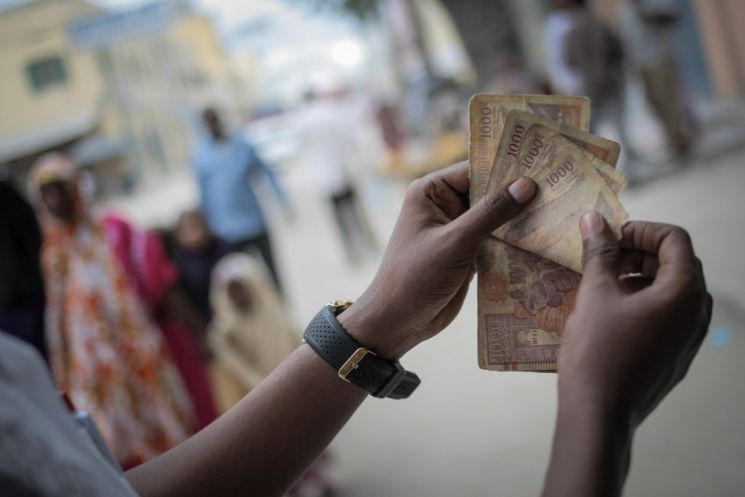Preview: Being an electronic currency, some assume that this digital money will only benefit the top-ranking members of society. Here are some reasons to believe that this digital currency can end poverty in developing countries
Satoshi Nakamoto, a mysterious entity, launched Bitcoin in 2009 as an alternative to fiat currency. Bitcoin is the first successful cryptocurrency. It has grown to become the most traded and popular cryptocurrency globally. Private and public corporations doubted the benefits of this virtual currency initially. However, they have adopted and invested in it significantly. In addition, people from developing countries can learn from platforms like bitcoin system and start trading cryptocurrencies.
Being an electronic currency, some assume that this digital money will only benefit the top-ranking members of society. Here are some reasons to believe that this digital currency can end poverty in developing countries.
Better Financial Inclusion
A lot of the people in developing countries lack access to quality education. Also, many people from developing countries have the lowest living standards, and the unemployment rate is high. As a result, poor people from developing countries do not have equal chances as the rich in accessing financial services. These poor people from developing countries are secluded from many services offered to educated and affluent individuals.
On the contrary, this virtual currency does not require a person to have technical skills to use it. However, you only need to have a smartphone and reliable internet access. Most people in developing countries have the most basic education. Hence, they can efficiently operate a smartphone and follow instructions on how to trade this virtual currency. Eventually, they can use crypto exchanges to purchase and sell electronic currencies to earn a living.
Minimal Transaction Fees
Fiat currency is centralized such that the bank controls its operations. As a result, for a transaction to be successful, it goes through many intermediaries that require a transaction fee. In the end, the bank will charge customers substantial transaction fees.
On the other hand, Bitcoin does not have intermediaries and uses blockchain technology, reducing transaction fees for its users. As a result, with blockchain, these virtual currency users do not require intermediaries to control and monitor their transactions. Transacting with fiat currency involves intermediaries, which translates to a lot of transaction time and transaction fees. Moreover, transacting using this virtual currency is faster, and people without bank accounts can use this electronic currency easily as long as they have digital wallets.
In the end, the minimal transaction fees will help the poor from developing countries save money, invest elsewhere, and even own properties without financial burdens.
Unlimited Capital Flow
Developing countries implement laws and regulations restricting capital movement in and out of their geographical borders. As a result, most people from these developing countries suffer from the unrestricted capital flow.
On the contrary, since this virtual currency is completely decentralized, such restrictions on capital flow do not affect it. Therefore, developing countries' governments cannot restrict their citizens from accessing capital through this virtual currency. The government or central bank cannot influence the supply of this digital money since its availability relies on an underlying protocol. In the end, the government cannot control the supply of Bitcoin for its benefit.
In the end, poor people from developing countries can take advantage of Bitcoin's low transaction fees and easily acquire goods and services across the border. In other words, this virtual currency is vital in ending poverty in developing countries. People can transact globally easily using this virtual currency.
The Bottom Line
Generally, this electronic currency can benefit the poor in developing countries in many ways. This digital currency is a revolutionary instrument still in its early stages.
Image courtesy: Flickr
 cryptonews.net
cryptonews.net
